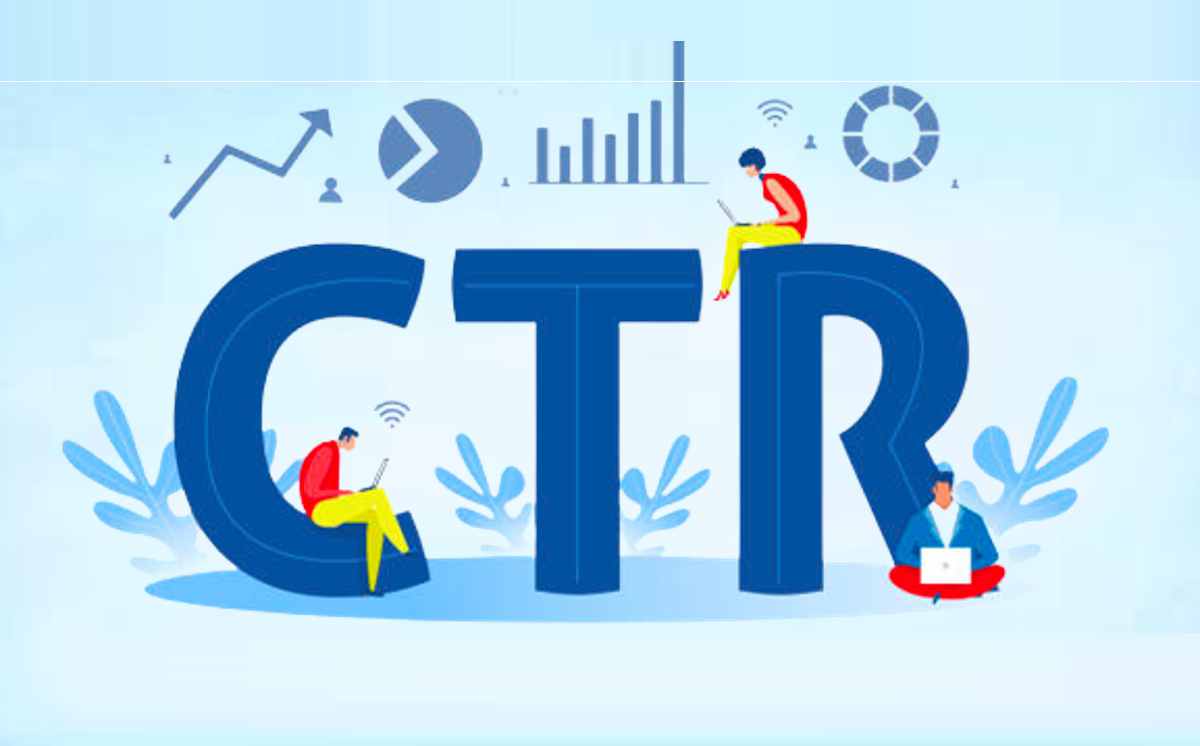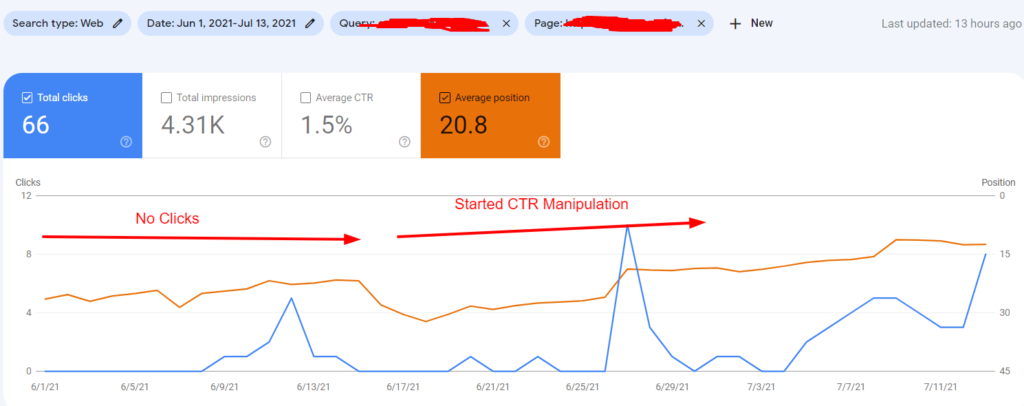CTR Manipulation-- Reliable Methods for Enhancing Click-Through Fees
CTR Manipulation-- Reliable Methods for Enhancing Click-Through Fees
Blog Article
CTR Adjustment: A Video Game Changer for Digital Projects
The surge of CTR adjustment has undeniably transformed electronic marketing strategies, giving marketing experts with devices to improve interaction and drive web traffic effectively. What ramifications might this balancing act hold for the future of electronic projects?
Recognizing CTR Adjustment
Although click-through price (CTR) manipulation may feel like a straightforward tactic in digital advertising and marketing, it encompasses a variety of strategies focused on unnaturally inflating interaction metrics. This control can take various kinds, consisting of using click ranches, bots, or deceitful ad placements that misinform consumers right into clicking. These strategies can endanger the stability of efficiency data, making it testing for marketing experts to determine the authentic performance of their projects.
Additionally, CTR adjustment raises honest problems, as it weakens the transparency of digital advertising and marketing. The dependence on inflated metrics can bring about illinformed marketing choices, skewing resource allocation and campaign strategies. As a result, services may spend heavily in networks and strategies that show up effective but do not yield genuine engagement or conversions.

Benefits of Click-Through Price Optimization
Optimizing click-through price (CTR) is essential for boosting the efficiency of digital marketing projects. A greater CTR shows that a bigger percentage of customers are involving with the content, which can bring about enhanced site traffic and better conversion prices. By boosting CTR, brand names can efficiently allocate their marketing resources to campaigns that produce the greatest returns.
Among the primary advantages of CTR optimization is the potential for improved advertisement placement and lower prices - CTR Manipulation. Systems like Google Advertisements award higher CTRs with much better ad positioning and lowered cost-per-click (CPC), permitting marketing professionals to stretch their spending plans better. In addition, a well-optimized CTR can enhance brand name exposure, as higher interaction prices usually associate with enhanced natural reach

Methods for Efficient CTR Control
To successfully manipulate click-through prices (CTR), marketing professionals can utilize a range of strategic strategies that improve user involvement and drive traffic. One essential approach is optimizing ad duplicate to develop compelling and action-oriented language. CTR Manipulation. Using solid call-to-action (CTA) phrases motivates Resources customers to take prompt activity, boosting the probability of clicks
Another effective strategy is A/B testing, which allows marketers to contrast various advertisement variations. By methodically examining performance metrics, they can identify which elements resonate ideal with the target market, therefore fine-tuning their approaches for optimal impact. Additionally, leveraging visually attractive graphics and concise messaging can record interest quickly, making it much more potential that customers will involve.

Last but not least, enhancing touchdown pages to make certain a smooth user experience can minimize bounce rates and urge further communication, eventually fostering greater CTR. By integrating these techniques, online marketers can successfully control CTR to accomplish their project goals.
Determining Success in Digital Projects
Measuring success in digital campaigns needs a clear understanding of crucial performance signs (KPIs) that straighten with project purposes. KPIs work as measurable metrics that aid examine the effectiveness of different strategies employed throughout the campaign. Continue Usual KPIs include click-through rates (CTR), conversion rates, price per purchase (CPA), and return on investment (ROI)
To properly measure success, it is vital to develop certain, quantifiable goals first of the campaign. If the key goal is to boost brand name awareness, metrics such as impressions and engagement prices might be focused on. In contrast, campaigns concentrated on direct sales would certainly gain from a much more thorough evaluation of conversion prices and profits generated.
Regular evaluation of these KPIs allows online marketers to make data-driven decisions, optimizing their methods in real-time. Using analytical tools can help in tracking performance and determining fads, enabling swift adjustments to enhance campaign outcomes. Inevitably, a comprehensive method to determining success not only highlights locations for renovation however likewise strengthens the total efficiency of electronic marketing initiatives, driving continual growth and engagement in the long term.
Future Trends in Digital Advertising
Preparing for the future of digital advertising reveals a landscape formed by rapid technological developments and transforming consumer habits. As artificial intelligence and artificial intelligence remain to develop, marketing experts will progressively leverage these technologies to individualize projects at an unprecedented scale. Anticipating analytics will make it possible for brands to anticipate consumer demands, enhancing advertisement placements and material delivery in actual time.
In addition, the increase of voice search and wise devices is transforming how consumers engage with digital material. Marketers will require to adapt their techniques to view guarantee presence across numerous systems, consisting of voice-activated aides. This change requires a focus on conversational marketing, emphasizing involvement with dialogue rather than typical marketing tactics.
Furthermore, personal privacy issues are prompting changes in information collection practices. Openness and moral data usage will become paramount, driving brand names to cultivate count on and loyalty amongst consumers. The continuous advancement of social media systems will certainly likewise influence marketing approaches, with an increased emphasis on authenticity and user-generated material.
Verdict
In recap, CTR control stands for a considerable advancement in digital advertising and marketing techniques, supplying instant advantages via improved involvement metrics. The recurring development of electronic advertising and marketing will depend on this delicate interplay, forming the future landscape of brand-consumer interactions.
Report this page